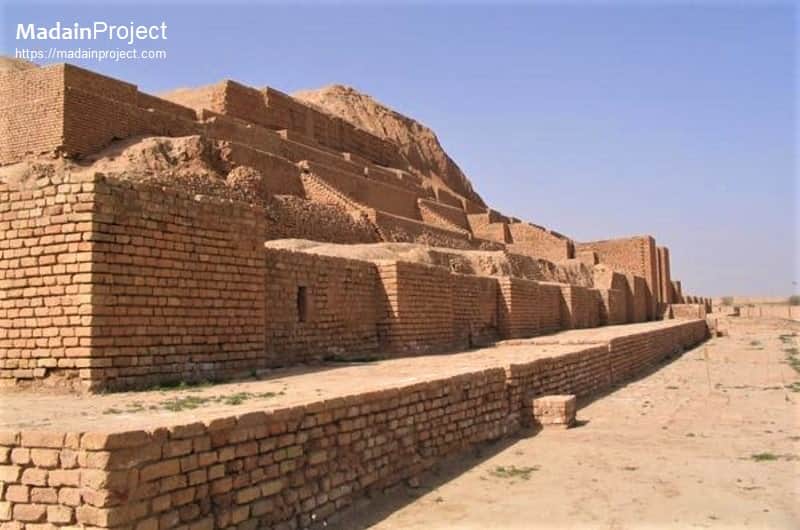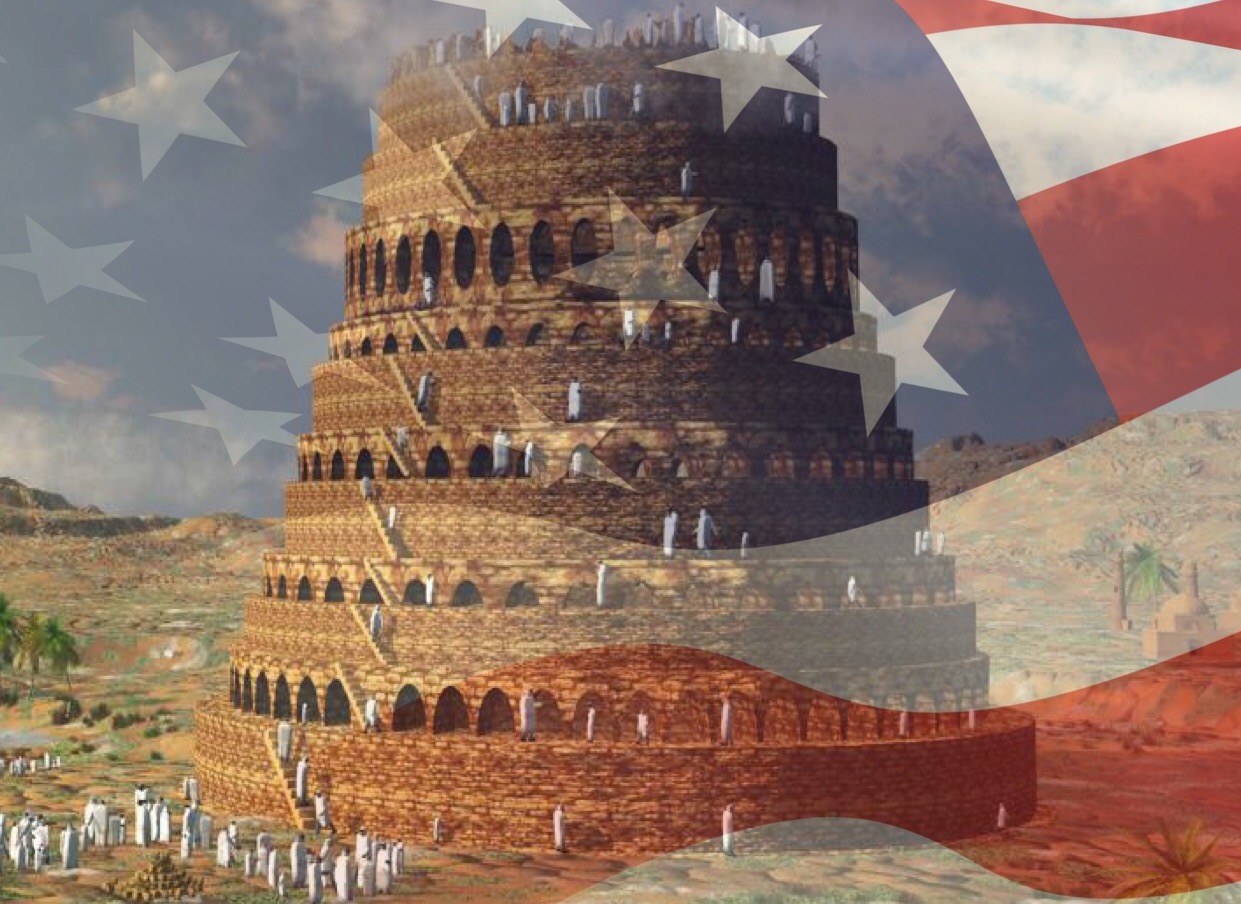

This effect is brought on by the buildup of waste heat from urban activities as well as other environmental issues. The megastructure brings together all of the city’s government, business, and recreation facilities into one huge building. Urban planners are working on a solution to the heat island effect of overpopulated cities for future generations.

The aim is to address the issue of unorganized, flat urban buildings in Tokyo city. Hyperbuilding projects like Japan’s Tokyo Tower of Babel propose verticalizing overpopulated metropolises. The Purpose of the Project The model of the Tokyo Tower of Babel. The blueprint and model of the building were based on the concept art of Masaki Yabuno. This hyperstructure is supposed to be located on the inner side of the Yamanote Line, one of Tokyo’s busiest lines that was opened in 1885. In the 8th generation, this mega building or the Tokyo Tower of Babel begins housing 30 million residents. This megastructure is designed to mitigate the negative environmental effects of urban growth. In the final stage, or the 8th generation, all of the residents of the area will begin to live in a single megastructure, similar to the Tokyo Tower of Babel. It begins with the Edo period in 1880 and continues into the far future. The growth of the Tokyo metropolitan area is split into eight different generations. Tokyo’s metropolitan area begins to live in a single megastructure in the final stage of its growth, or the 8th generation. The Tokyo Tower of Babel is an example of arcology because the project focuses on biodiversity preservation. The structure’s logarithmic design, conical shape, wide base, and narrowing top parts make it strong enough to bear any force applied to it. But, the Tokyo Tower of Babel has around 1969 floors on average. The closest building in height to the Tokyo Tower of Babel would be the X-Seed 4000 which is only 13,100 feet (4,000 m) tall. Among them, the Tokyo Tower of Babel is the tallest visionary skyscraper ever put forward.

These skyscrapers were designed by major construction corporations and developers in the 1980s and early 1990s. At the time, it was one of many 1,000-meter-class eco-friendly ultra-high skyscrapers. The building was proposed at the 1992 Brazil Earth Summit by the architect Toshio Ojima. The Tokyo Tower of Babel is an urban structure that is 33,000 feet (10,000 meters) in height. What is the Tokyo Tower of Babel? The 3D modeling of the Tokyo Tower of Babel by MetaBallStudios (MBS). This makes the project an unprecedented architectural achievement. If built, the Tokyo Tower of Babel would reach a height that is 3,770 feet (1,150 m) higher than Mount Everest. The name alludes to the aspiration that it ascends to the heavens like the biblical Tower of Babel, which was 8,150 ft (2,500 m) tall. But once built, it has the capacity to house 30 million people. This ultra-skyscraper requires approximately 100 to 150 years to complete. And it is the world’s tallest building ever envisioned by humankind. The Tokyo Tower of Babel was designed as a new megastructure by Professor Toshio Ojima of Waseda University. The Tokyo Tower of Babel is a proposed hyperbuilding in the city of Tokyo that is 33,000 feet or 6,2 miles (10 km) tall.


 0 kommentar(er)
0 kommentar(er)
